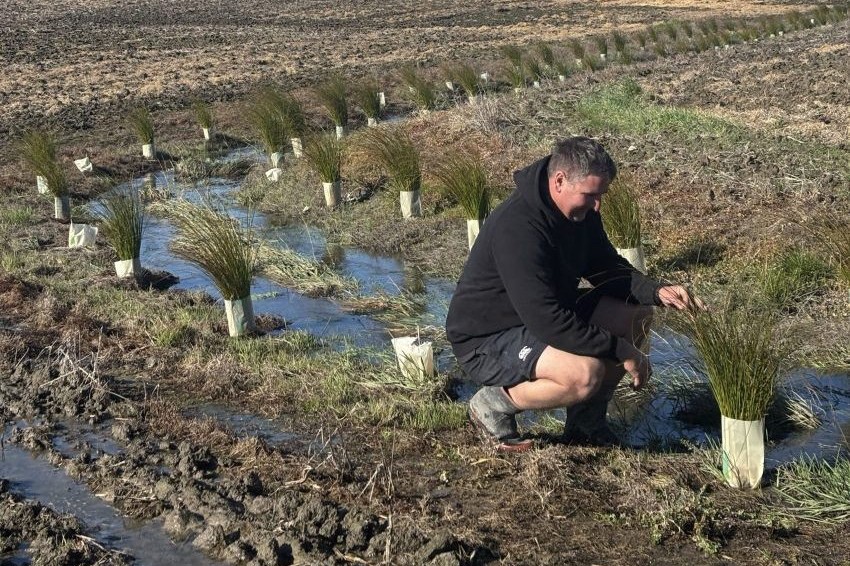Craig Simpson
We’ve all heard of catchment groups, and lately more and more people are talking about them. But what exactly are they, how do they work, are they worth investing your time in, and if so how do you get involved?
I’ll try to address these points and give a rundown on the latest trend in environmental management.
NZ Landcare Trust and Beef + Lamb NZ have defined a catchment group as: a group of people, who identify with a geographical area, usually based on a river or lake catchment, working together to take actions towards a common vision.
Catchment groups form to take actions to achieve a long-term vision based on a healthy environment (from water quality to biodiversity goals) and a thriving community.
There are various ways catchment groups work, but there is one key component of any successful catchment group, that is they are led by community members, and in a rural setting this is often farmer-led.
Often catchment groups start by one or two motivated community members getting together to discuss a local problem or opportunity. From there they might talk to other farmers or community members and organise a small meeting. Several agencies are there to offer to support you on this journey, and these include NZ Landcare Trust, Beef + Lamb NZ, Dairy NZ and your local regional council.
Successful catchment groups are definitely worth investing time in, as their aim is to provide a support network from which to address a local issue or opportunity. Being led by the community it means the community is empowered to take ownership of local issues and come up with ways to address these.
Agencies who can help you on your journey are clear that the best solutions and ways to address local issues come from those who live in the area, so these agencies are there to enable the catchment group to meet their objectives and goals, but not to do all of the work for them.
Besides all of this large groups of individuals coming together to address a common goal is a great way to socialise with other likeminded people. They also have a much ‘louder’ collective voice when making submissions to council or Government.
How do you get involved?
Otago and Southland are areas where there are quite a few catchment groups in operation. In Otago there are at least 15 groups working together to address water quality concerns alone. Southland has more than 20 in operation now.
If you know of a catchment group working in your area, then you can contact any of the agencies outlined above who will put you in contact with your local catchment group contact details. If you’re not sure if there is a catchment group operating, NZ Landcare Trust has produced a map of some of the catchment groups working throughout New Zealand, which you may want to check out. This map can be found at: https://www.landcare.org.nz/completed-project-item/catchment-groups.
If, on the other hand there is no catchment group in your area, you can always start one up yourself! All you need is some drive and determination and a great goal to achieve and there are bound to be like-minded people in your community who are ready to get on board!
For more information, or if you’re wondering where to next, contact one of the agencies listed above, who will point you in the right direction, follow this link:
https://www.landcare.org.nz/file/how-to-start-a-catchment-group
- Craig Simpson is Otago Regional Co-ordinator, Landcare




